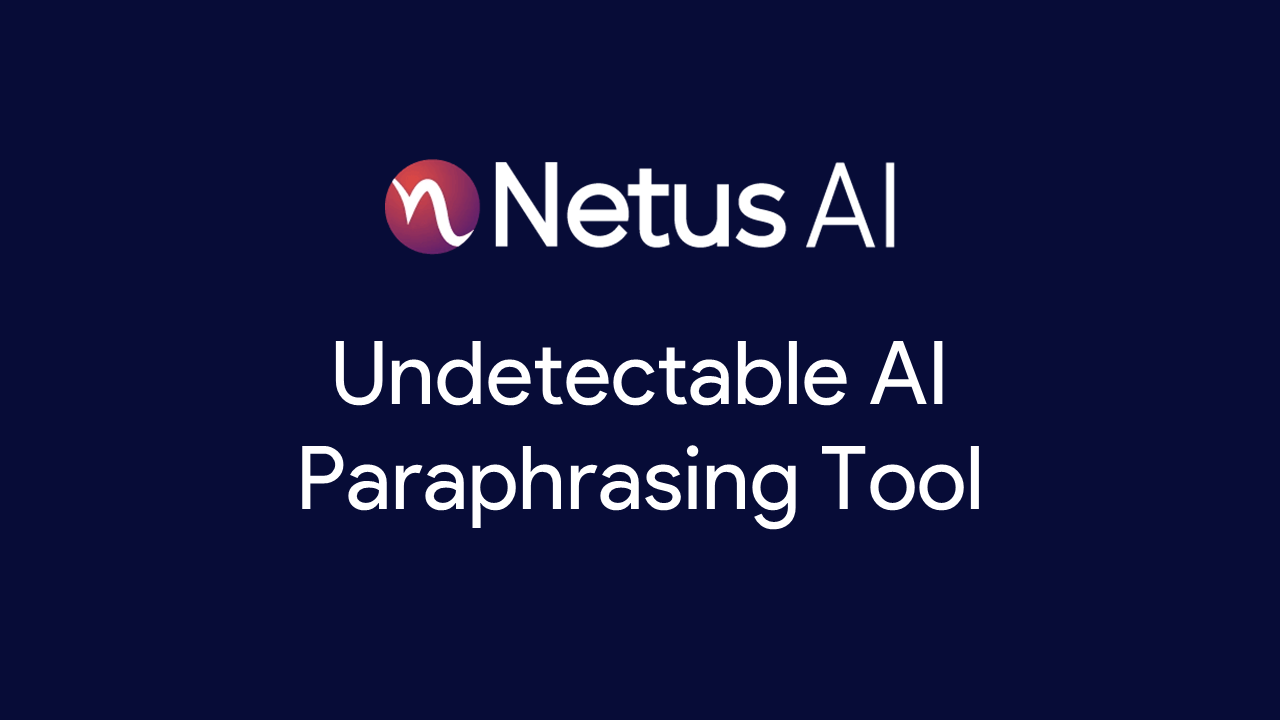
Mastering AI Content Detection: A Comprehensive Guide
The rapid advancement of artificial intelligence has made distinguishing between human and AI-generated content a critical skill. Netus.ai provides sophisticated tools and techniques to help users understand how to tell if something was AI generated. This article explores the innovative methods and technologies used to detect and avoid AI-generated content.
The Role of Netus.ai in Content Detection
Netus.ai stands out for its advanced solutions in identifying AI-generated content. Utilizing cutting-edge algorithms, Netus.ai leverages natural language processing (NLP), machine learning (ML), and deep learning (DL) to detect AI-produced text. These tools analyze sentence structure, grammar, syntax, and vocabulary to differentiate between human and AI writing.
Watermarking AI Content
OpenAI has been at the forefront of developing techniques to mark AI-generated content. According to AI expert Scott Aronson, a prototype tool for watermarking the outputs of text models like GPT has been built. This method embeds a subtle, secret signal in the text, making it easier to verify its AI origin later. The goal is to prevent AI-generated content from being passed off as human-written.
Advanced Detection Capabilities
Netus.ai's AI detector is designed to identify AI-generated content with 99% accuracy. Similar to the technology used by Turnitin, this detector evaluates textual patterns, context, syntax, and semantics. By analyzing these elements, Netus.ai can accurately determine whether content is human-written or AI-generated, staying ahead of the evolving AI capabilities.
Identifying Behavioral Patterns
Several key patterns help in identifying AI-generated text:
- Perplexity and Burstiness: AI-generated text typically has lower perplexity, meaning the next word is more predictable. Burstiness, or the repetition of certain phrases, is also more common in AI text.
- Repetition and Consistency: AI content often maintains a consistent tone and style, lacking the natural variations seen in human writing.
These behavioral patterns are crucial for understanding how to tell if something was AI generated. However, false positives can occur, where human-written content is mistakenly identified as AI-generated and vice versa. As AI models improve, distinguishing AI text from human text becomes more challenging.
Effective Strategies to Bypass Detection
Several strategies can help make AI-generated content less detectable and more human-like:
Varying Sentence Structure and Vocabulary
Altering sentence structures and using diverse vocabulary can reduce the predictability of AI-generated content. This approach makes the text feel more natural and less like it was produced by an AI, enhancing its human-like quality.
Manual Rephrasing and Personal Touch
Manually rephrasing AI-generated text and adding personal anecdotes can significantly enhance authenticity. This method involves reviewing and rewriting content to infuse a human touch, making it harder for AI detectors to identify the text as machine-generated.
Netus.ai's Summarization and Paraphrasing Tools
Netus.ai offers powerful tools to aid in content creation and management:
Summarization Tool
The summarization model from Netus.ai helps quickly and efficiently extract the most important information from a text. This tool is particularly useful for tasks such as content curation, research, and information management, condensing long documents into shorter, more manageable summaries.
Paraphrasing Tool
The paraphrasing model rephrases text while preserving its original meaning. Trained on vast amounts of data, this model understands the nuances of language and can produce high-quality, undetectable rephrasings. This tool is invaluable for creating unique content that feels authentic and human-like.
Adapting to Evolving AI Capabilities
As AI models advance, the challenge of detecting AI-generated content intensifies. Netus.ai continuously refines its tools and techniques to stay ahead of these advancements. By constantly updating detection methods and leveraging advanced technologies, Netus.ai remains a leader in the field of AI content detection and humanization.
Conclusion
Understanding how to tell if something was AI generated is increasingly important in the age of advanced AI. Netus.ai provides essential tools and techniques for detecting and avoiding AI-generated content. By recognizing the behavioral patterns of AI text and employing strategies to enhance human authenticity, maintaining the integrity of written content is possible. Netus.ai's solutions, including their summarization and paraphrasing tools, offer significant advantages in this ongoing effort. For more detailed strategies and tools, exploring the resources available on the Netus.ai website is highly recommended.
Comments on “Human Authenticity in AI Content”